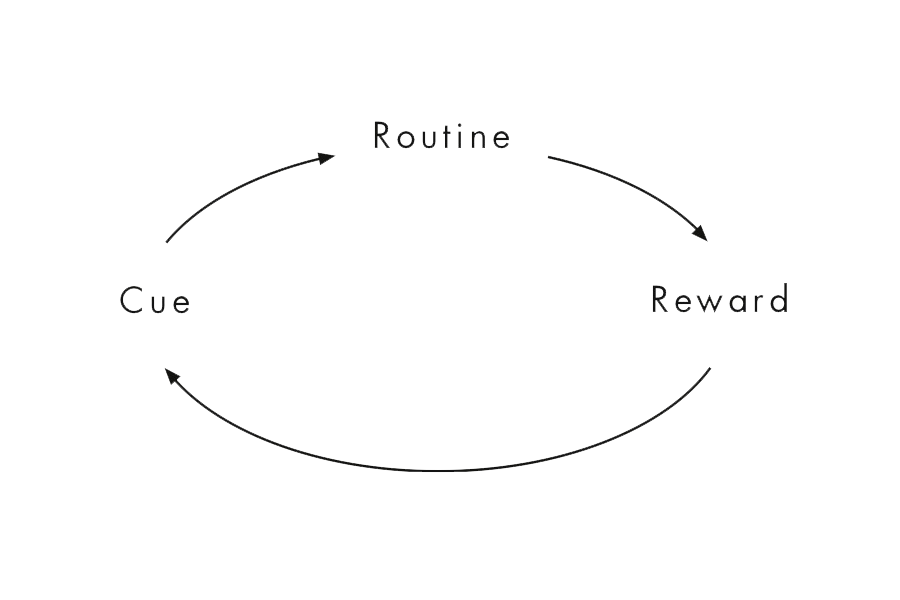As we look at our lifestyles through a wellness lens, there are some interesting connections at play.
In this day and age, wellness has become a popular term - and for obvious reasons. We know it to be good, there is scientific evidence to support its pursuit, and it is a state that many of us desire for ourselves and our loved ones - especially when times are tough. But, what exactly does it mean and how can we apply it to our lives and our surroundings?
Merriam-Webster defines the term “wellness” as “the quality or state of being in good health especially as an actively sought goal”. It involves the intentional development of good habits around social connectedness, fitness, nutrition, mindfulness, sleep, and more. While making improvements in each of these areas isn’t always easy, it is easy to agree that any degree of effort will eventually deliver positive results in our personal health.
The exciting thing is that wellness does not only apply to our personal health, but also the health of our environment - and, by extension, our community, country and planet. This is where energy efficiency plays an important role. In the ThinkEnergy podcast, “Why Less is More”, Corey Diamond, Executive Director of Efficiency Canada describes energy efficiency as “using less energy to achieve the same or even better outcomes.” When we seek environmental wellness, a focus on energy efficiency can be a piece of the puzzle to get there by helping us rethink the way we operate.
The way we live and do business is knit together by habit and routine. Some habits may be baked into a corporate culture, others may be unique to you. Some may be intentional and still others may be performed unconsciously. Through developing an awareness of them, along with a desire to reform, serious change can happen. Charles Duhigg, author of ‘The Power of Habit’ says, “once you understand that habits can change, you have the freedom and the responsibility to remake them.”
According to Duhigg, a habit consists of three elements: a cue, a routine, and a reward. So, let’s look at how we can apply that to energy efficiency:
Cue: A cue is a reminder or prompt. Our brain needs cues to help us enter the mindset of performing a task. On a community level, this demonstrates the need for talking about and promoting energy efficiency more often. The more we see options for electric transportation, ENERGY STAR products, home retrofit options, the more we will be prompted to consider lifestyle changes related to energy efficiency. On an individual level, you can create cues through putting reminders on your phone or smart speaker for tasks like changing your HVAC filter every three months or to lower your thermostat before going to bed. Sticky notes can also be a helpful tool - for example, you could place a note on your washer to use the cold water option. Natural circumstances can also be your guide: when a lightbulb burns out, let that be your cue to change it to an LED bulb.
Routine: A routine is the behaviour that makes up the habit. On a community level, rules and expectations can significantly impact our routines - we know this well from how much our lives changed during the COVID-19 lockdowns. From an energy efficiency standpoint, Diamond talks about the importance of updating building codes and standards to make energy efficiency an essential part of our building plans and shopping. He also stresses the importance of creating new ways to make energy efficiency convenient, telling us to imagine a Netflix or Uber experience applied to energy efficiency. “What we need is a concierge to help us. There are great examples of that, and cities around the world that have already done this,” says Diamond. The more achievable the task, the more likely we are to adopt it. On an individual level, we suggest starting small - try turning lights off when you leave a room, take shorter showers, or only run the dishwasher when it’s full. Once you master one of these, add in another.
Reward: The driving force of any habit is the reward. It is the conscious or unconscious motivator for why we do what we do. Diamond shares that the rewards of energy efficiency are not limited to saving money. In fact, he says that the more compelling motivators are comfort and convenience, or when it builds communities through creating jobs. Wellness - whether personal or environmental - is something that may not deliver immediate results, so it’s important to have rewards built in to keep pressing on towards the goal. This is where financial assistance and rebates become important on a government level, as well as energy saving breakdowns to demonstrate the benefits of our behaviour changes. In your own home, some examples of rewards could look like: upgrading your insulation because it will offer better temperature control in the colder months; or, using a drying rack or clothesline instead of the dryer because it will make your clothes last longer.
The big picture: “Energy efficiency makes every other environmental and carbon reduction strategy easier and better,” says Diamond. As we all work together and individually on our habits around energy efficiency, it will add up to some serious breakthroughs in how we care for our environment. We will reap rewards for our efforts and so will the generations to come.
To learn more about energy efficiency in Canada, be sure to check out Part 1 and Part 2 of the ThinkEnergy Podcast, “Why Less is More” with Corey Diamond.
